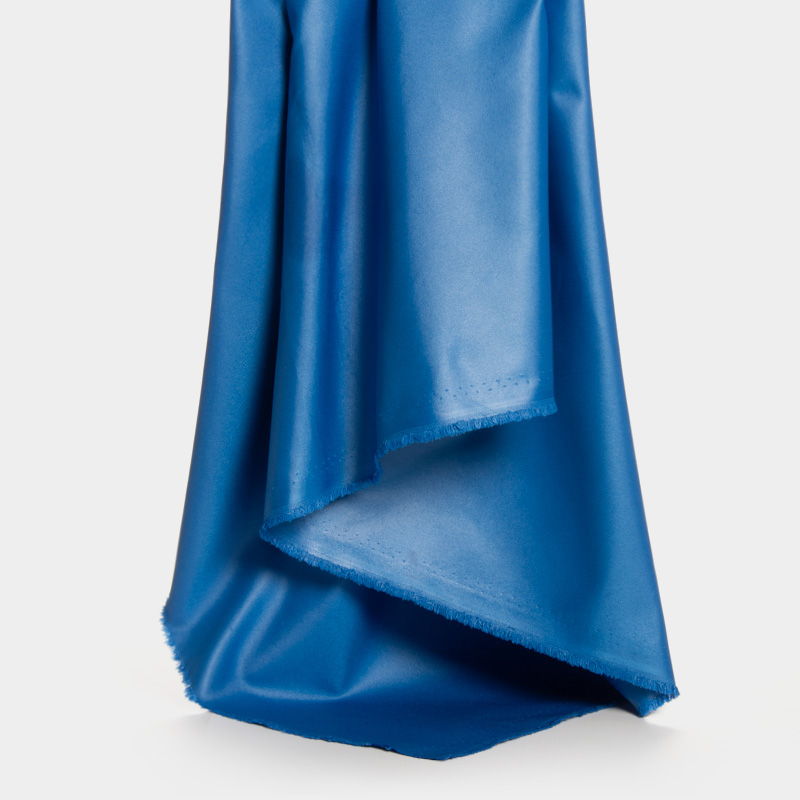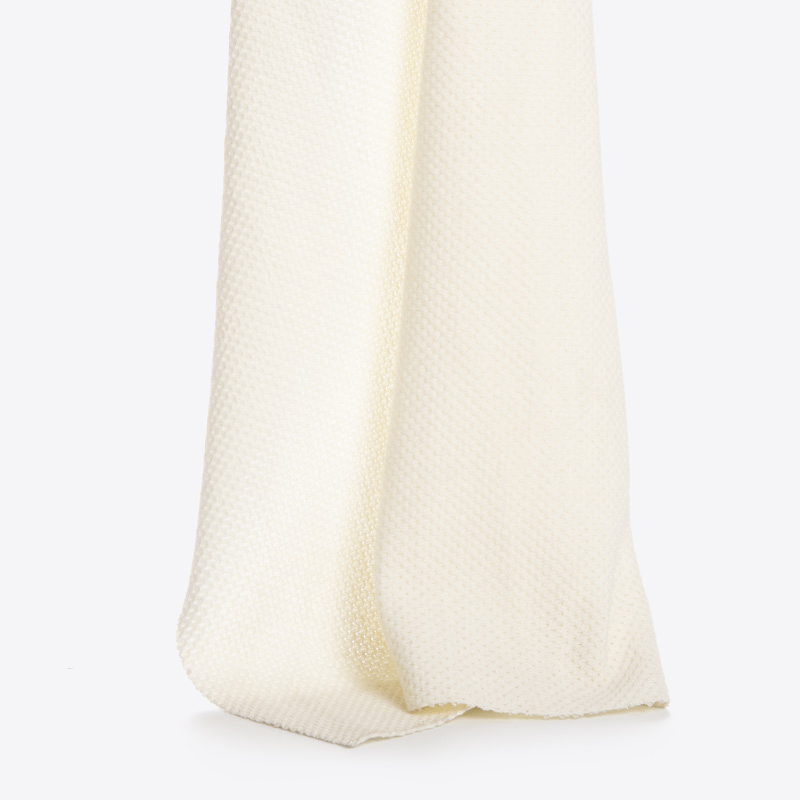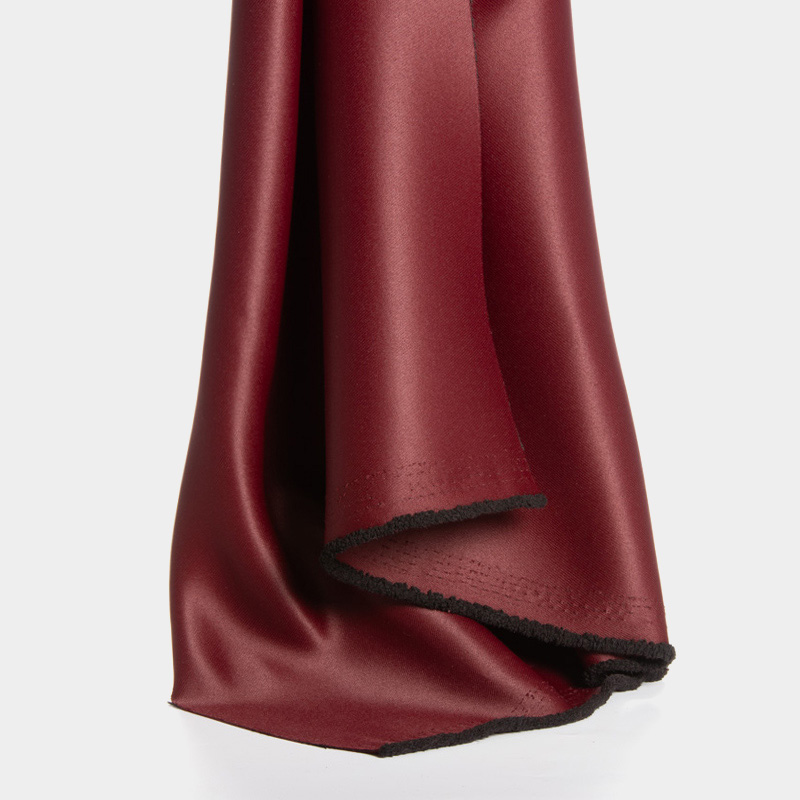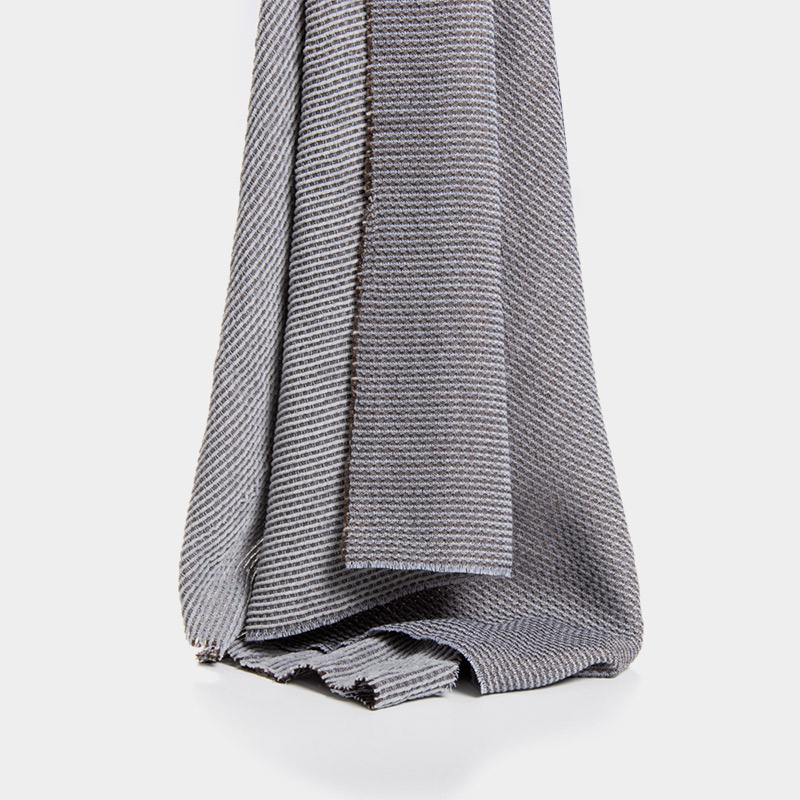What Flame Retardant Measures Used For the Reopening of Notre Dame Cathedral

Restoration Efforts of Notre Dame Cathedral
Notre Dame Cathedral in Paris was reopened on the evening of December 7, 2024. Nearly 40 million euros have already been spent on restoring the Notre Dame Cathedral in Paris. Notre Dame Cathedral, a hallmark of Gothic architecture, suffered a disaster on April 15, 2019, in Paris. A fire ravaged the roof and spire of the historic building. This not only shook the world but also revealed how fire hazards can easily destroy historical structures. The incident exemplified the necessity for working flame retardant to prevent fire from reaching these irreplaceable monuments in the future.
Notre Dame Cathedral has been given valuable fire protection improvements before reopening. This is exactly why the restoration process has been aimed to incorporate next-generation flame retardant techniques to protect and preserve this iconic monument. Amongst these efforts, the cathedral has included in its design many different types of flame retardant material in order to further reduce the risks of a fire while also protecting the structure of the building itself.
The Impact of the Fire at Notre Dame Cathedral
The Notre Dame Cathedral fire was a timely reminder of the fire hazards inherent within our often ancient historic structures. The spire collapsed and the wooden framework that supported the roof was badly burned. This event highlighted the personalized need for focused fire avoidance methods at heritage internet sites.
Flame-retardant fabrics include performance characteristics that help to reduce flammability and limit heat release, and therefore promote safety in Historic Buildings.
Importance of Flame Retardant Fabrics in Historic Buildings
Flame retardant fabrics should be used to protect important historic buildings such as Notre Dame. Such materials delay not only the ignition of a fire but also its spread, providing more time to evacuate and put out the fire. Flame-retardant properties are indispensable for applications in environments with strict fire-prevention requirements, such as Notre Dame Cathedral.
Fabrics with flame-retardant properties are also used to prevent fires in historical buildings such as the Notre Dame Cathedral. They are useful in resisting ignition and slowing the flame spread allowing for additional protection against fire. Test reports show that inherent flame-retardant blackout fabric has proven performance in the field of high fire safety requirements. These also play a key role in keeping the heritage structures safe from fire incidents.
Use of Flame Retardant Drapes to Prevent Flame Spread
Flame retardant drapes are an essential element in the efforts to restore and reopen Notre Dame Cathedral. This drape is made from a material that is rigorously tested to prove its flame-retardant nature. So they fulfill the prescribed fire safety standards of heritage defence. For example, testing has been done on inherent flame-retardant blackout fabric to measure its ability to slow flame spread, helping people evacuate and giving firefighters more time to put out the fire. The fabric is more functional than aesthetic but preserves the look of historic interiors.

Protective Role of Flame Retardant Covers
Flame retardant covers are an important resource for safeguarding the precious contents and furnishings within units in Notre Dame Cathedral. These covers are flame resistant and heat release limiting, reducing the risk of fire damage. BEGOODTEX Permanent Flame Resistant Spandex Table Covers are a great example of how far textiles have progressed in terms of protection, comfort, and utility-based functionality all of which never come to be at the cost of quality.
Exploring BEGOODTEX Flame Retardant Fabrics
Compliance with International Standards
BEGOODTEX’s fire resistance textiles are designed to pass international standards, such as NFPA701 and DIN4102-B1, which is why they can be used in life safety and high-life safety environments like the Notre Dame Cathedral. Testing during validation confirms that these fabrics are designed to keep flames at bay, even under the extreme heat of welding. As a result, assistance with the restoration effort means that the materials that can be utilized for restoration not only promote safety but also follow international standards.
Permanent Flame Retardant Performance
Unlike some temporary treatments that fade over a period of time, these fabrics are designed with flame retardancy that is built in and will last for their lifetime. This is especially relevant for historic buildings such as Notre Dame because protection from fire hazards needs to last for a long time.
Diverse Product Selection
Velvet Textures for Aesthetic Appeal
The texture of velvet lends itself to that luxe aesthetic, which is why it is often used in historic interiors to increase the aesthetic value of the interior. BEGOODTEX Fire Retardant Velvet Fabric Backdrop provides a beautiful and functional background while still complying with fire retardant performance without sacrificing its visual appearance. This is a great example of textile innovations that seamlessly blend with the heritage sites without taking away the feel of nostalgia of the heritage sites.
Elastic Spandex for Versatility
The best use of elastic spandex creates unmatched versatility during those wonderful applications for Notre Dame Cathedral. BEGOODTEX Permanent Flame Resistant Spandex Table Cover illustrates how the material can be versatile and versatile while still maintaining flame-retardancy. You can use it to cover furniture and other the items that need protection against possible redress.
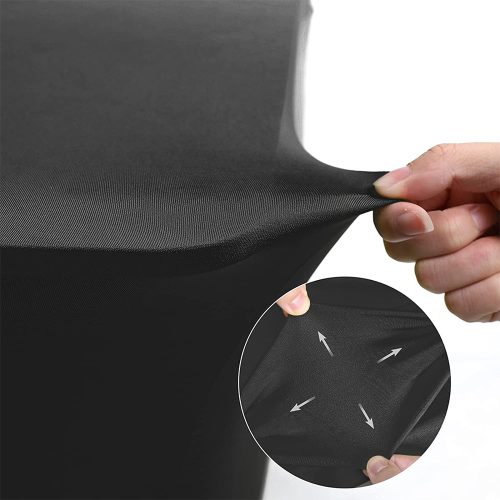
Customization Options for Size and Color
BEGOODTEX flame retardant event fabrics can be customized, from variance in size to colors that match existing decor, these protect flame retardant fabrics from disrupting your aesthetic harmony between flame retardant fabrics and your decor set. This is especially important for the conservation of the visual and functionality of heritage sites.
Not only can this use of innovative textiles protect Notre Dame Cathedral, but it also paves the way for future restorations around the world with improved flame material. Protecting this beautiful structure against fire is key to keeping it as a symbol of heritage for years to come.

